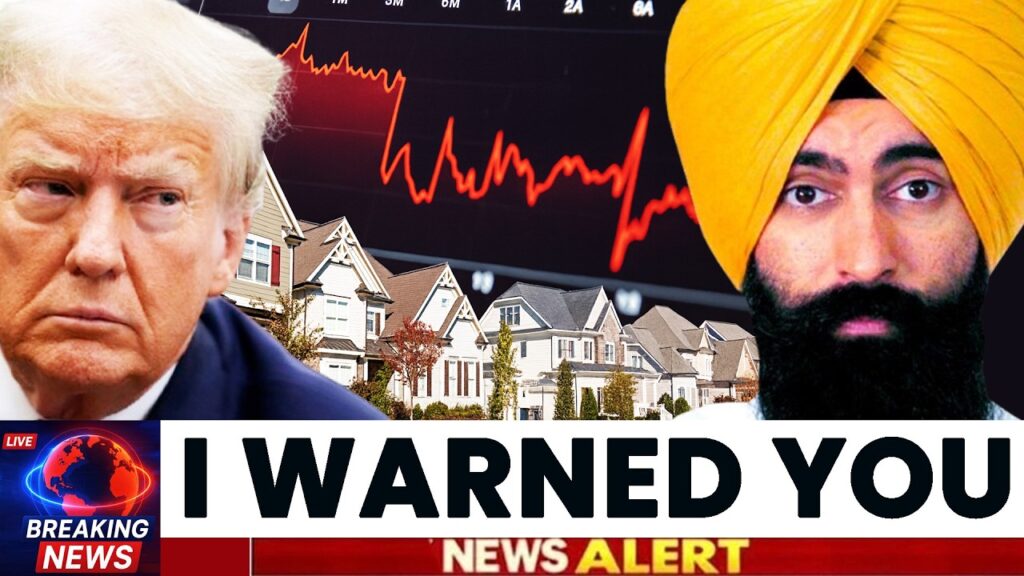Why America’s Housing Market Is Breaking And What a 50-Year Mortgage Really Means for You

The U.S. housing market is shifting in a way we haven’t seen in more than a decade, and if you’re trying to buy a home right now, you already feel it. Home ownership actually started falling in 2025 after almost ten years of climbing. Sellers feel stuck because they don’t want to lose their low mortgage rates, and buyers feel boxed out because affordability is at one of the worst points in modern history. And now, the government is openly worried about the stability of the entire housing system. Let’s break down what’s happening and why the real solution isn’t what most people think.
The Trump administration is considering some big moves to “fix” the crisis, including declaring a national housing emergency, pushing construction companies to build more homes, and yes the headliner: introducing a 50-year mortgage. On paper, a 50-year mortgage sounds like a way to lower payments and help more people qualify for homes. In reality, it raises bigger questions about affordability, debt, and long-term financial freedom. The reason these ideas are even on the table is simple: housing has gotten way more expensive, way faster than incomes have grown. The median home price jumped from $355,000 in 2020 to $500,000 in 2025. That’s a 40% increase. Meanwhile, mortgage rates went from 3.5% to 6.5%. If you bought the same house in 2020, your payment was around $1,250 a month. Today? It’s closer to $2,500. That’s double. But wages? They only grew about 22% during the same period. People are being asked to buy a $500,000 house with a $60,000 salary. That math simply doesn’t work. And while cheaper housing or lower mortgage payments sound great in theory, they create new problems.
If home values drop even 10%, millions could go underwater owing more than the house is worth. Foreclosures are already ticking up, and historically we know what happens when home values collapse 2008 wasn’t that long ago. That brings us back to the 50-year mortgage. Yes, stretching out payments would lower the monthly bill maybe from $2,500 down to about $2,250. But the long-term cost skyrockets. On a 50-year loan, you’d pay roughly $1.35 million for a $500,000 home. That’s more than 2.5 times the house’s value. Great for banks. Terrible for your wallet. And longer mortgages do something else: they keep people in debt longer, which slows down wealth-building. Even worse, cheaper monthly payments could ignite more bidding wars. If everyone suddenly qualifies for “more house,” demand jumps and prices shoot up again. It’s a cycle we’ve seen over and over: make borrowing cheaper, demand increases, prices rise, affordability gets worse. The real truth is that housing affordability is a huge economic equation interest rates, wages, supply, demand, inflation, and government policy all interact. The government can’t force wages to rise. It can’t build homes fast enough. And every time it steps in to “help,” it often fuels the next problem. So what should you focus on? Your own finances.
A home is not automatically an investment. It’s a liability that costs money every month property taxes, maintenance, insurance, repairs, upgrades, and everything else life throws at you. Before buying, you need to know whether you can comfortably afford the down payment, the mortgage, and the ongoing expenses without sacrificing your ability to save and invest. Because real wealth doesn’t come from owning a house it comes from owning assets that pay you. Stocks, ETFs, rental properties, businesses those are income generators. Your house is a place to live, not a retirement plan. In a housing market this unpredictable, the smartest move isn’t trying to time prices or guess government policy. It’s focusing on building the financial foundation that gives you options no matter what happens next.







